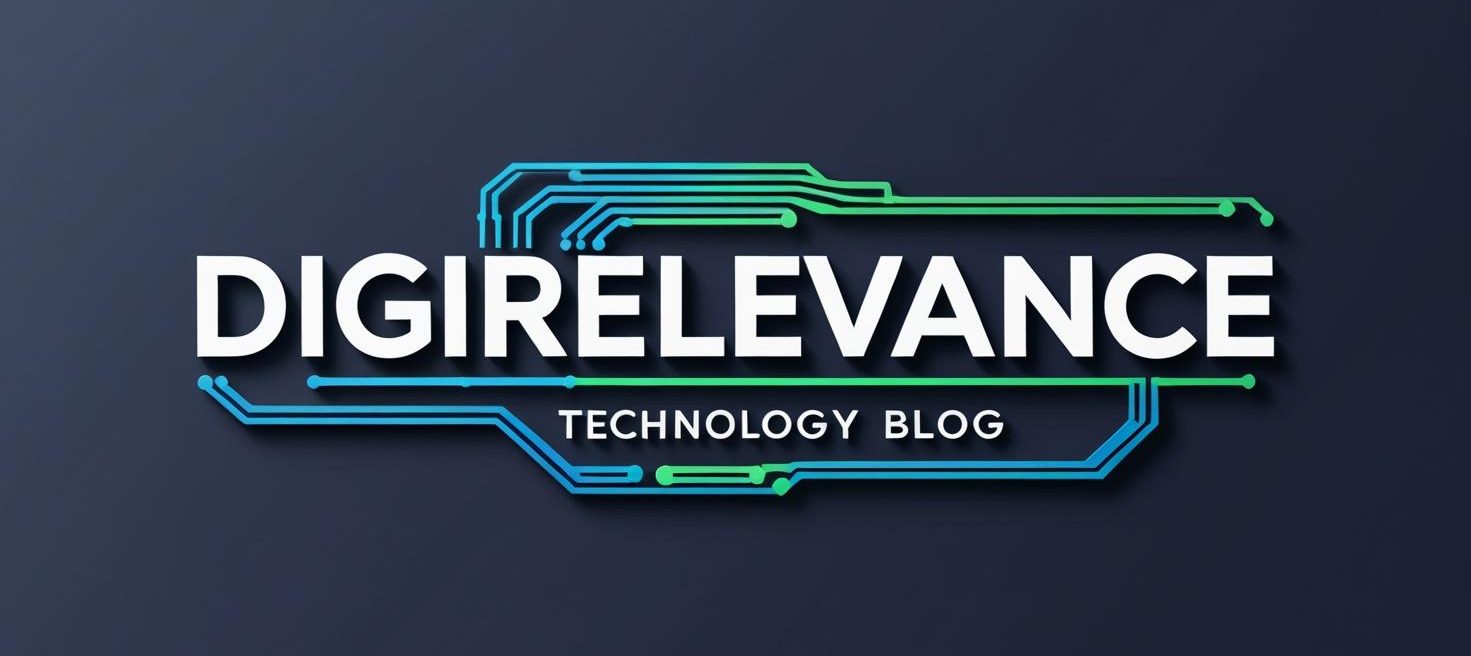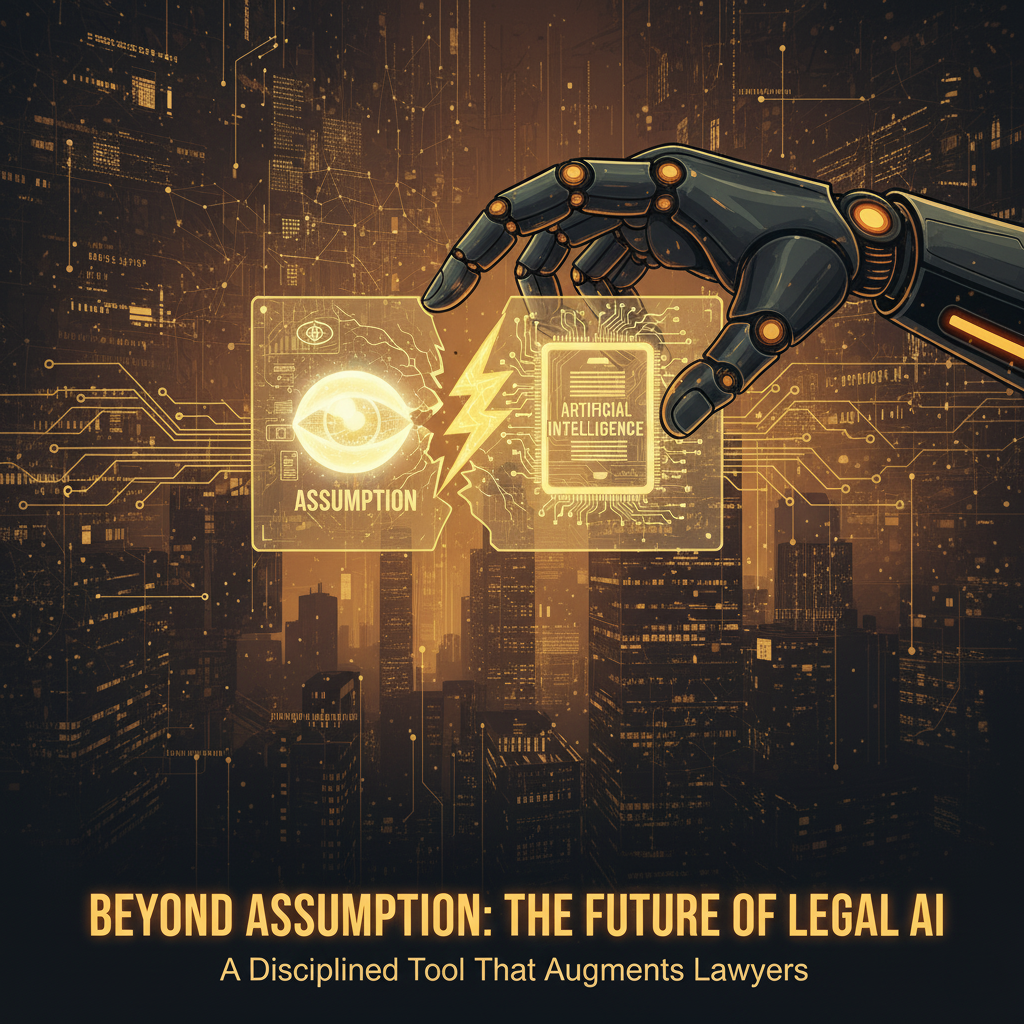
What if the future of AI innovation isn’t just about smarter algorithms—but about who controls the chips that run them? On July 23, 2025, the former Trump administration revealed a bold and controversial AI strategy centred on restricting advanced semiconductor exports to China. At first glance, it looks like a classic geopolitical move to slow a rival’s technological progress—but in reality, it signals a tectonic shift in how AI will be shaped by global politics, infrastructure, and talent.
The strategy’s core is simple yet profound: block American chip sales
vital to training and running large AI models, significantly complicating China’s AI ambitions. But clarity ends there. The framework glosses over enforcement and leaves U.S. tech companies in a bind—many rely on intricate global supply chains that cross borders and partners. This means firms must now navigate not just innovation and competition, but also evolving trade regulations that could disrupt operations and collaborations. For CEOs and product leaders, this is a stark reminder: AI governance is no longer a back-end
compliance concern but a frontline strategic battlefield.
While geopolitical tensions simmer, the sheer scale of investment needed to remain competitive is staggering. OpenAI’s reported $30 billion annual commitment to Oracle for data centres speaks volumes about the rising cost of AI leadership. It’s not just about having the smartest model anymore; it’s about securing vast, reliable compute power in a fiercely competitive cloud and hardware landscape.
Investors and enterprise strategists should pay attention—alliances
between AI innovators and infrastructure providers are fast becoming pivotal, signalling that the arms race for AI supremacy hinges as much on data centre deals as on code breakthroughs.
On the creativity front, AI is becoming an everyday tool, reshaping how content is made and consumed. YouTube Shorts’ new image-to-video
AI feature instantly transforms still photos into dynamic clips, boosted by AI-driven visual effects. Google Photos complements this trend with tools that “remix” images into videos and apply stylized effects effortlessly. This wave of democratised creative AI tools opens fresh doors for brands and creators hungry to engage audiences at scale. More than tech novelties, these innovations reflect a shift in marketing and media workflows, where agility and instant
customisation become the new currency.
But as AI embeds itself deeper into lives and workflows, privacy concerns loom large. Enter Proton’s AI assistant, which encrypts conversations and rejects persistent user logs, carving a niche built on data protection amidst an industry often accused of surveillance overreach. For businesses, this is more than a cool feature—it’s a wake-up call to rethink AI ethics and compliance ahead of tightening regulations and shifting consumer expectations. In a world where trust can make or break adoption, privacy-first AI could move from niche appeal to mainstream necessity.
Behind the scenes, the AI talent war is transforming into a full-contact sport. Industry insiders equate the competition for top AI researchers and engineers with professional sports leagues, complete with escalating salaries, lavish perks, and aggressive
poaching. This arms race inflates costs and pressures firms to rethink
workforce strategies—including new education and training models—to
fill critical talent gaps. Talent acquisition is no longer a support
function; it’s a core pillar of AI leadership and innovation.
Meanwhile, Amazon’s quiet acquisition of Bee, an AI-powered wearable that records and transcribes user speech, underscores a growing appetite for ambient AI—technology that listens, understands, and acts continuously and contextually. This move hints at a future where AI interfaces become seamless extensions of daily life, raising profound questions about privacy, ethics, and user control. Business strategists should start imagining how pervasive AI sensing devices might disrupt traditional engagement models and redefine customer relationships.
Taken together, these developments reveal an AI landscape no longer defined purely by tech advancements but by a complex interplay of geopolitics, massive infrastructure investments, privacy imperatives, talent battles, and emerging form factors. The rules of engagement have changed, urging business leaders and AI professionals to be nimble not only in innovation but in strategy, partnership, and governance.
So here’s the question I’m leaving you with: As AI’s trajectory becomes inseparable from global power dynamics, infrastructure clout, and societal trust, can businesses afford to treat AI as just another technology upgrade? Or must we rethink our entire approach—balancing bold innovation with geopolitical savvy, ethical rigor, and new models of talent and infrastructure stewardship?
If AI is truly reshaping the future of business and society, how ready
are you to lead in this complex new arena?
—
I’d love to hear your thoughts—how are you navigating these
multifaceted AI challenges in your organisation? Drop a comment or
share this post if you agree that AI’s future demands more than code.
It demands strategy.
Author: Nick Marfleet
-
How to learn from your mistakes – Deloitte doubles down on AI
“That had to hurt” having to provide a partial refund to the Australian federal government after it’s independent assurance review was found to contain multiple errors, including non-existent references and citations. Despite this, or maybe even because if this, Deloitte is doubling down on AI across its services…
-
Artificial, Not Assumed: The Real AI Playbook for Law Firms
The most dangerous feature in legal AI isn’t hallucination—it’s assumption. As AI moves from buzzword to backbone, the “A” must stand for artificial, not assumed intelligence. That mindset shift is the single most important development in LegalTech right now, because it reframes AI as a disciplined tool that…
-
From Hours to Outcomes: AI’s New Baseline in Law
What happens to the billable hour when legal research is 40% faster and more accurate than last year’s best? LexisNexis’s launch of Lexis+ AI is the clearest signal yet that AI is moving from assistant to infrastructure. By fusing authoritative legal data with generative models tuned for legal…
-
AI Moves From Pilot to P&L: What This Quarter’s LegalTech Announcements Mean for Your Firm
What if your next matter plan came with a confidence score—and it was right a third more often than last year? That’s not a thought experiment; it’s the new reality arriving in law firm operations. AI is no longer hovering at the edge of legal work anymore, it’s…
-
50 Million reasons for Law Firms to Become Backers, Not Just Advisors
What happens when a law firm writes the cheque instead of the client? A UK-based law firm has secured £50 million to finance litigation brought by other lawyers – a quiet headline with loud consequences. This isn’t incremental innovation; it’s a structural shift. By stepping into the role…
-
Shadow AI Is Already Inside Your Firm. Now What?
Which AI tools are your lawyers using right now that you haven’t approved? According to Legal Futures, “shadow AI” is quietly and in some cases unknowingly, reshaping compliance risk as lawyers and staff turn to unsanctioned tools for research, drafting, and data processing. It’s not a fringe behaviour—it’s…



